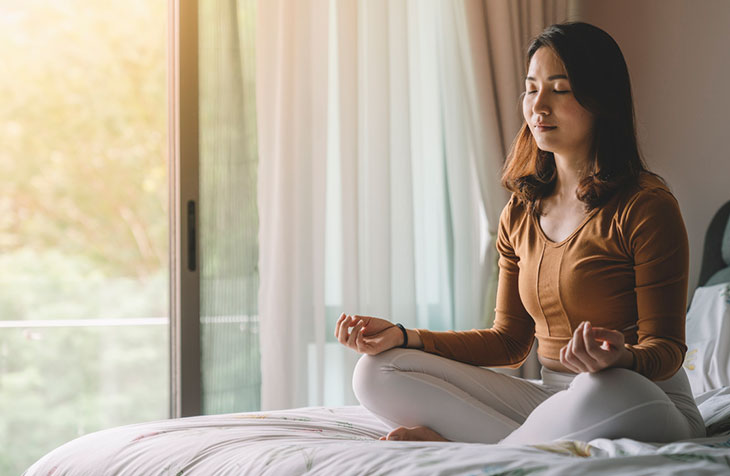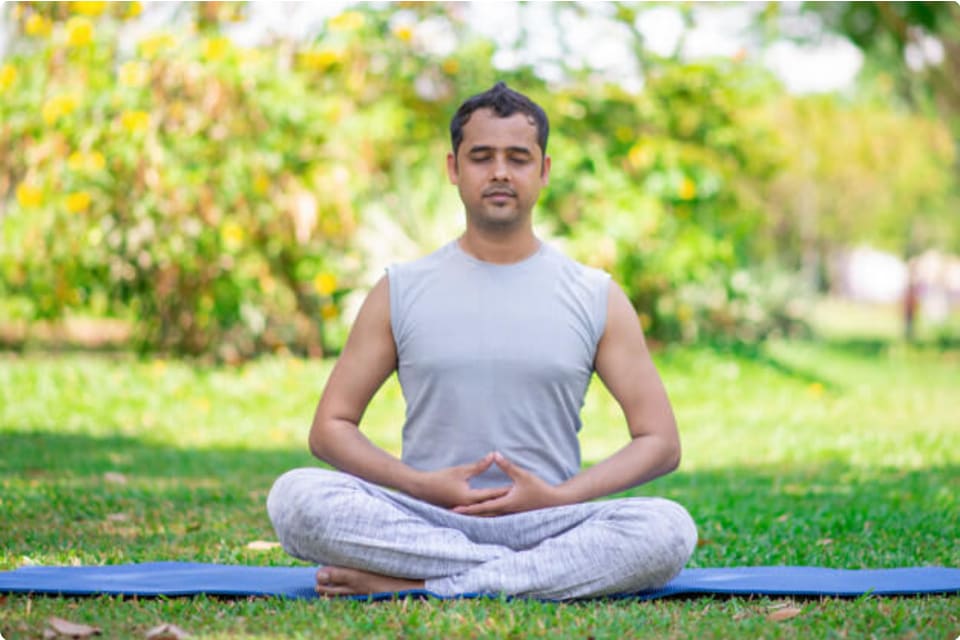Exactly How to Meditate: A Step-by-Step Method to Getting Mindfulness and Calm
Meditation serves as a powerful tool for accomplishing mindfulness and psychological calm in a hectic globe. By understanding the essential concepts and strategies involved in meditation, individuals can cultivate a method that improves their total wellness.
Comprehending Meditation
Recognizing meditation entails comprehending its essential concepts and techniques, which act as the foundation for the technique. At its core, reflection is a psychological workout aimed at advertising leisure, building internal energy, and developing empathy and insight. The method urges people to concentrate their attention, frequently through techniques such as deep breathing, visualization, or mantra repetition.
Meditation can be classified right into various styles, including mindfulness, transcendental, and loving-kindness meditation, each with unique functions and methods. Mindfulness reflection emphasizes present-moment awareness and non-judgmental monitoring of thoughts and feelings, while transcendental reflection includes using specific concepts to transcend regular mind. Loving-kindness meditation concentrates on establishing a mindset of love and concern in the direction of oneself and others.
No matter the strategy employed, the key goal remains constant: to cultivate a much deeper understanding of the mind and its patterns. This self-awareness fosters psychological resilience, quality of thought, and an extensive sense of tranquility (How to meditate?). By comprehending these strategies and principles, people lay the groundwork for a successful reflection practice that can dramatically improve their total well-being
Planning For Your Practice
Prior to beginning your meditation technique, it is important to create a setting for concentrate and leisure. Select a peaceful room where you are unlikely to be disrupted. This can be a corner of an area, a garden, or any type of area that evokes a sense of tranquility. Ensure that the area is complimentary and clean of mess, as a tidy atmosphere can aid clear the mind.
Take into consideration the illumination, as all-natural light can enhance your state of mind and energy. Soft, warm illumination is frequently a lot more calming than extreme fluorescent lights. Furthermore, pick a comfortable temperature level, making certain that you are neither as well hot nor too cold.
Incorporating elements that promote tranquility can further enhance your experience. This might consist of soft pillows or blankets for comfort, along with relaxing fragrances from essential oils or scent. It can additionally be beneficial to have actually a timer established for your reflection session to stop disturbances from clock-watching.
Standard Meditation Strategies

Another reliable method is body scan meditation. This entails psychologically checking your body from head to toe, discovering any kind of areas of stress or discomfort and purposely kicking back those muscles. This technique promotes a deeper link in between your mind and body.

Lastly, loving-kindness reflection focuses on cultivating concern in the direction of yourself and others. Calmly repeat expressions of goodwill, boosting psychological well-being and interconnectedness. Each of these strategies acts as a foundation for your reflection journey, allowing you to locate the technique that resonates ideal with your personal technique.
Preserving Focus and Mindfulness

Establishing a dedicated meditation space can enhance the ability to maintain mindfulness. A quiet, uncluttered environment minimizes interruptions, enabling deeper immersion in the practice. Additionally, establishing a time limit can aid take care of assumptions; beginning with shorter sessions may relieve the transition into longer practices.
Making use of strategies such as body scanning or observing experiences can likewise boost mindfulness. These techniques encourage practitioners to remain present and engaged with their physicality, anchoring their focus in the minute. Routine method is important; the brain constructs strength with time, producing a stronger capacity for emphasis.
Incorporating Reflection Into Every Day Life
Integrating meditation right into life can change routine tasks right into possibilities for mindfulness and self-reflection. By incorporating mindfulness techniques right into usual jobs, individuals can cultivate a greater sense of presence and tranquility in the middle of the busyness of everyday life.
Begin by recognizing minutes throughout your day where you can stop and exercise mindfulness. Throughout your morning commute, emphasis on your breath or the sensations of the setting around you. In the kitchen, approach food preparation as a meditative technique, relishing the textures, shades, and scents of the ingredients. Also ordinary activities like cleaning recipes or walking Go Here can become possibilities for meditation by routing your interest to the feelings of activity and the sounds bordering you.
Additionally, reserving devoted times for reflection can strengthen its practice. Start with short sessions, slowly enhancing duration as you come to be more comfortable. Usage pointers or cues-- like a certain time of day or a calming sound-- to establish consistency.
Inevitably, the objective is to weave mindfulness right into the textile of day-to-day life, permitting you to come close this to each minute with intent, consequently improving your general sense of well-being and clarity.
Conclusion
Finally, effective reflection calls for a silent setting, a comfortable position, and a focus on the breath. By permitting ideas to develop without judgment and constantly redirecting attention to the breath, practitioners can attain improved mindfulness and serenity. Integrating numerous methods, such as body scanning and loving-kindness phrases, can further improve the method. Regular reflection, even in short sessions, cultivates a much deeper connection to today moment, ultimately leading to better calmness and mental clarity in day-to-day live.
Reflection can be categorized right into numerous styles, consisting of mindfulness, transcendental, and loving-kindness meditation, each with unique purposes and techniques. Mindfulness meditation highlights present-moment awareness and non-judgmental observation of sensations and ideas, while copyright entails the usage of certain mantras to transcend ordinary thought procedures.With your reflection area prepared, it's time to great post to read discover different basic meditation methods that can aid cultivate mindfulness and inner tranquility.Consistently preserving emphasis and mindfulness throughout meditation can be difficult, specifically for those brand-new to the practice.Establishing a committed reflection room can improve the capacity to keep mindfulness.